Pitcairn Islands Flag Meaning
Blue ensign with Union Jack and coat of arms featuring the Bible, anchor, and wheelbarrow symbolizing faith, maritime heritage, and agriculture.
- Continent
- Oceania
- Adopted
- 1984
- Ratio
- 1:2
- Colors
- blue, red, white
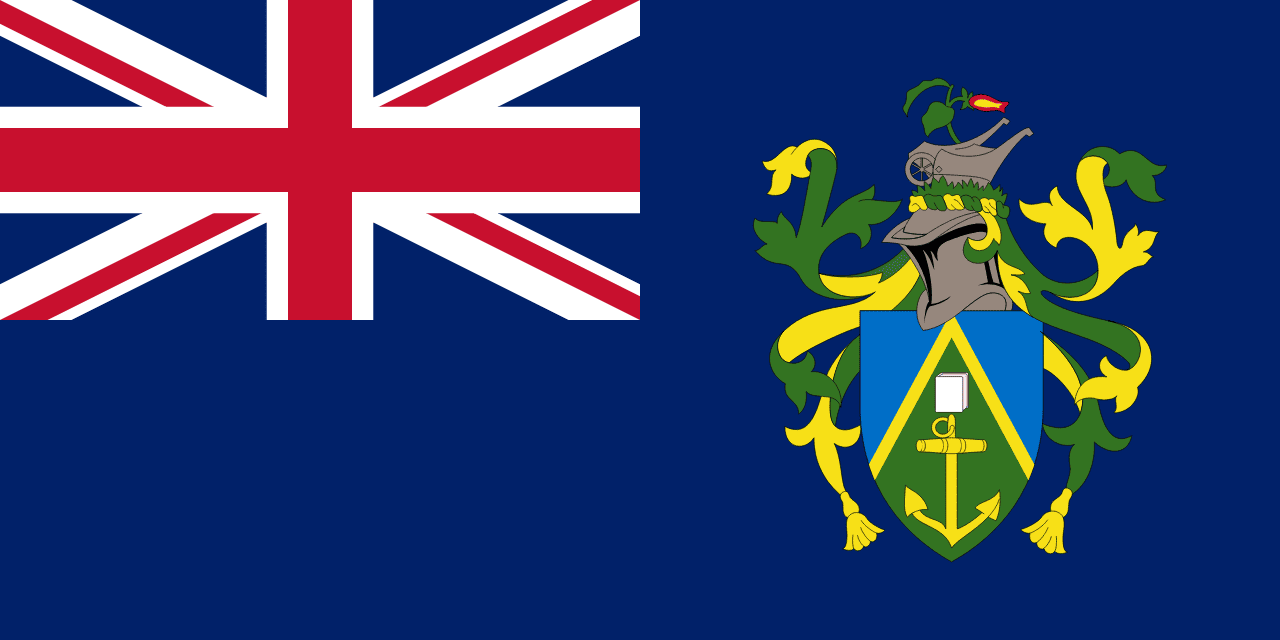
Symbolism
Union Jack: Represents the islands' status as a British Overseas Territory and their historical connection to the British Crown since 1838.
Blue Ensign: Symbolizes the vast Pacific Ocean surrounding the remote islands and their maritime heritage as descendants of sailors.
Bible on Shield: Represents the Christian faith brought by the Bounty mutineers and Tahitian companions, central to Pitcairn society and governance.
Anchor: Symbolizes the islands' maritime heritage, the HMS Bounty's anchor, and the community's dependence on the sea for survival and connection.
Wheelbarrow and Miro Plant: Represents agriculture and the islanders' self-sufficiency, with the miro plant being endemic to Pitcairn and symbolizing unique island life.
History
- 1790: HMS Bounty mutineers led by Fletcher Christian, along with Tahitian companions, settled on uninhabited Pitcairn Island seeking refuge from British justice.
- 1808: American ship Topaz rediscovered the settlement, finding only one surviving mutineer (John Adams) and several women and children.
- 1838: Pitcairn Island officially became a British colony, with the islanders accepting British sovereignty while maintaining their unique community structure.
- 1856: Entire population relocated to Norfolk Island due to overcrowding, though some families later returned to Pitcairn in 1859 and 1864.
- April 2, 1984: Current flag officially adopted, incorporating the coat of arms granted in 1969 and formalizing the islands' visual identity.
Trivia
- Pitcairn Islands has one of the world's smallest populations of any territory with its own flag - currently around 50 residents.
- The islands use a unique creole language called Pitkern, mixing 18th-century English with Tahitian words brought by the Bounty settlers.
- Henderson Island is a UNESCO World Heritage Site, home to four endemic bird species and largely untouched by human activity.
- Every resident can trace their ancestry back to the original Bounty mutineers and their Tahitian companions - just nine surnames exist on the island.
- Pitcairn operates one of the world's most remote internet domains (.pn) and has become famous for its rare postage stamps.
- The island has no airport - access is only by boat, making it one of the most isolated populated places on Earth.
- Pitcairn honey is considered among the world's purest, as the island has no pesticides or pollution affecting the bees.
- The community operates by consensus democracy, with all adult residents participating in local government decisions.
- Bounty Bay, where the mutineers landed, remains the only safe harbor and the island's connection to the outside world.
- The original HMS Bounty was burned and sunk by the mutineers in 1790 - its remains can still be seen underwater in Bounty Bay.
- Pitcairn's total land area is only 47 square kilometers across four islands, smaller than many city neighborhoods.
Related Countries
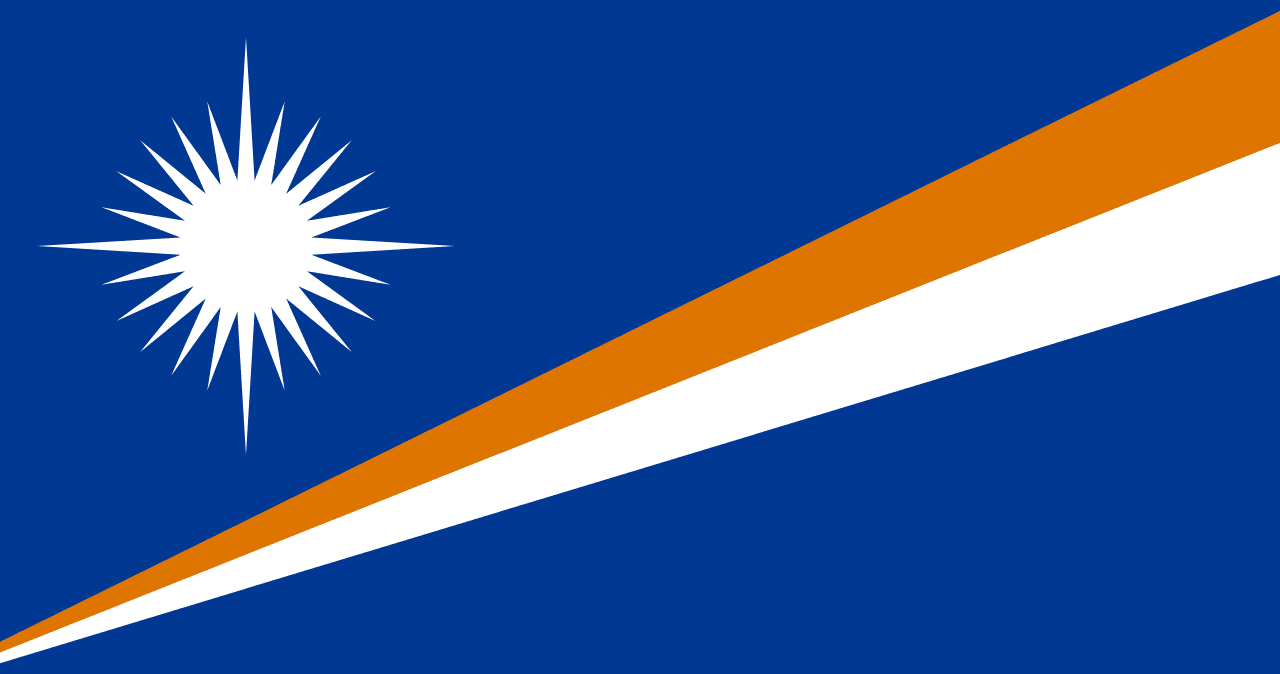
Marshall Islands
Oceania
A blue field with diagonal orange and white stripes extending from the lower left, and a white 24-pointed star in the upper left corner, representing the Pacific Ocean, the island chains, and the Christian faith of this coral atoll nation.
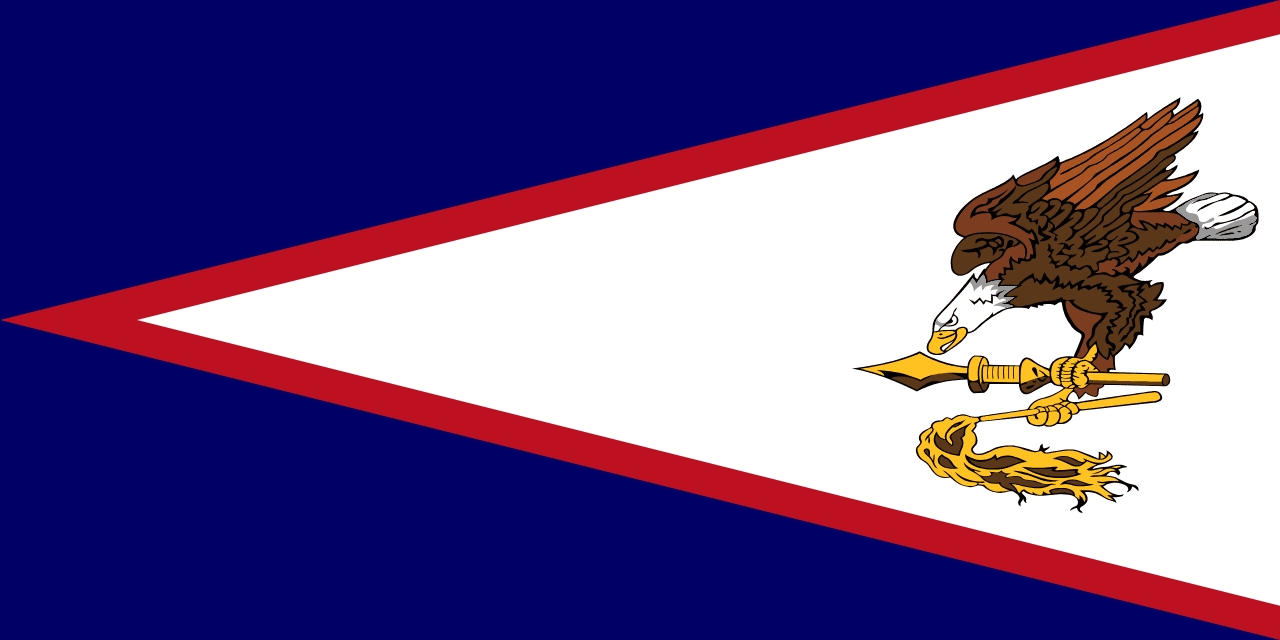
American Samoa
Oceania
Red, white, and blue field featuring a bald eagle holding traditional Samoan symbols, representing the blend of American and Polynesian cultures.

Australia
Oceania
A blue ensign featuring the Union Jack in the canton and the Southern Cross constellation on the fly, with a large Commonwealth Star beneath the Union Jack, representing Australia's British heritage, its location in the Southern Hemisphere, and the federation of six colonies into one nation.
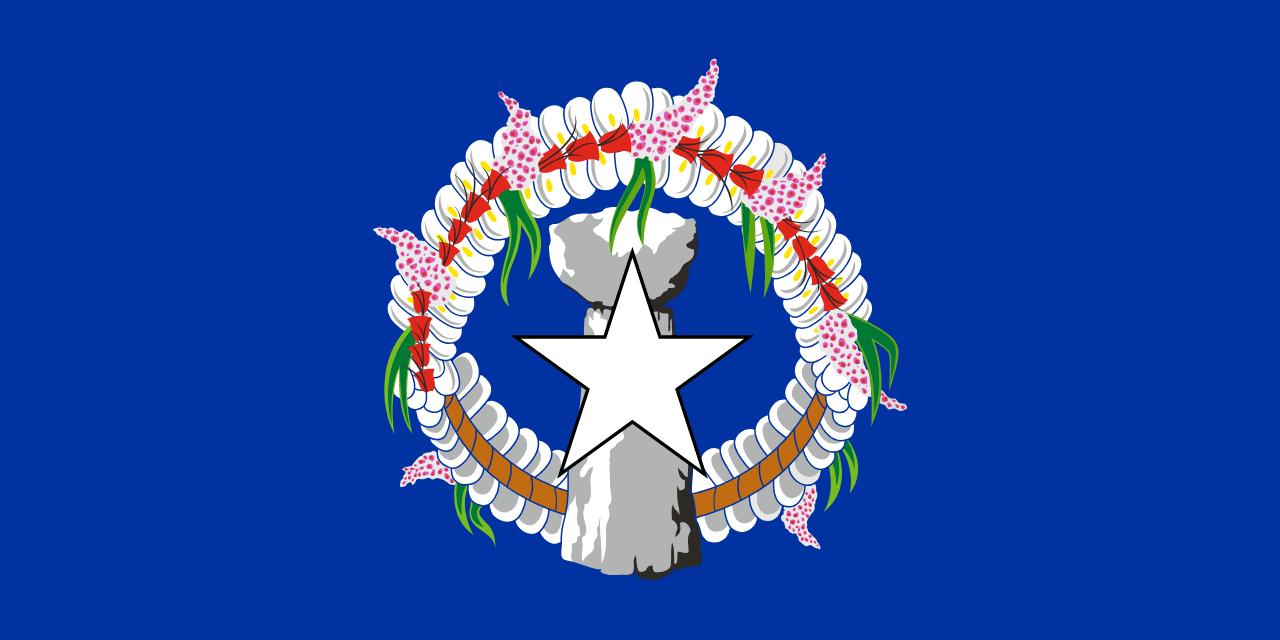
Northern Mariana Islands
Oceania
A blue field with a white star and gray latte stone behind it, surrounded by a decorative wreath. The flag represents the islands’ indigenous culture, U.S. affiliation, and Pacific identity.
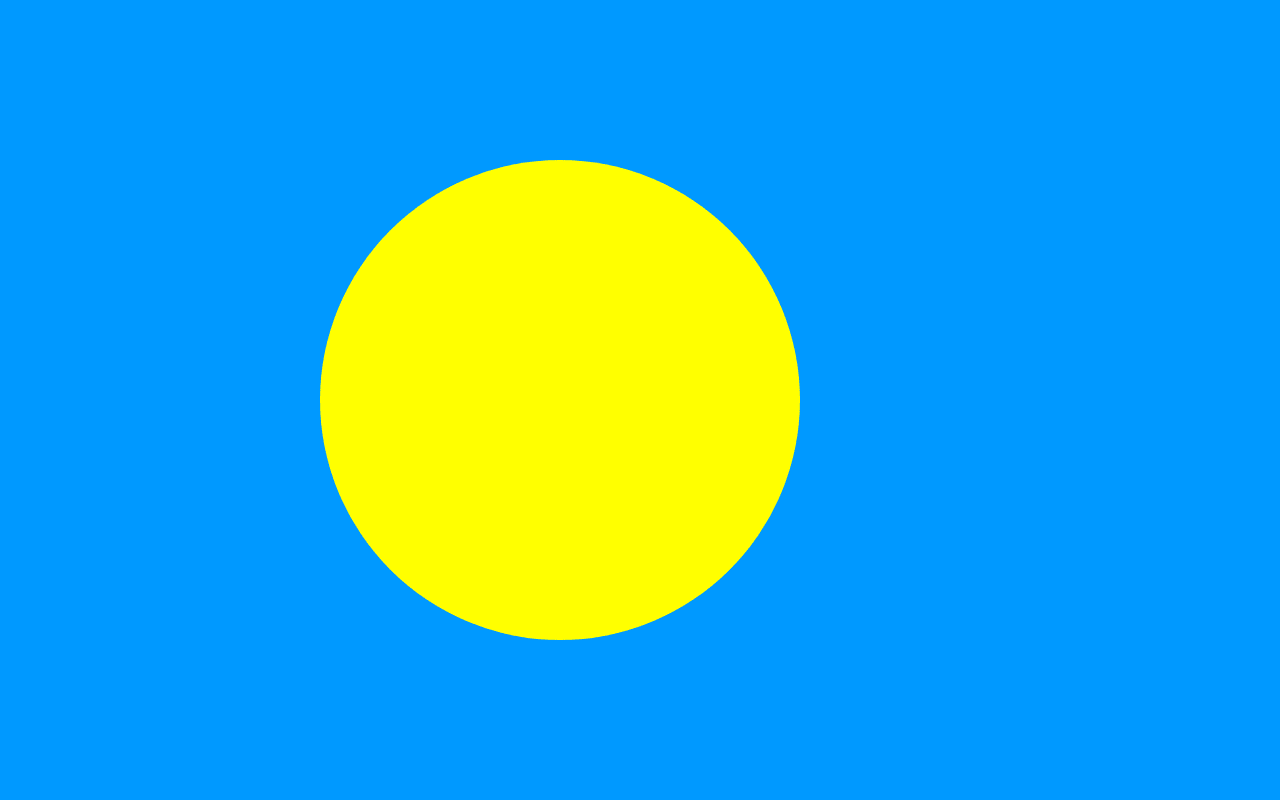
Palau
Oceania
A light blue field with a golden-yellow full moon slightly off-center toward the hoist. The flag symbolizes independence, culture, and natural harmony.
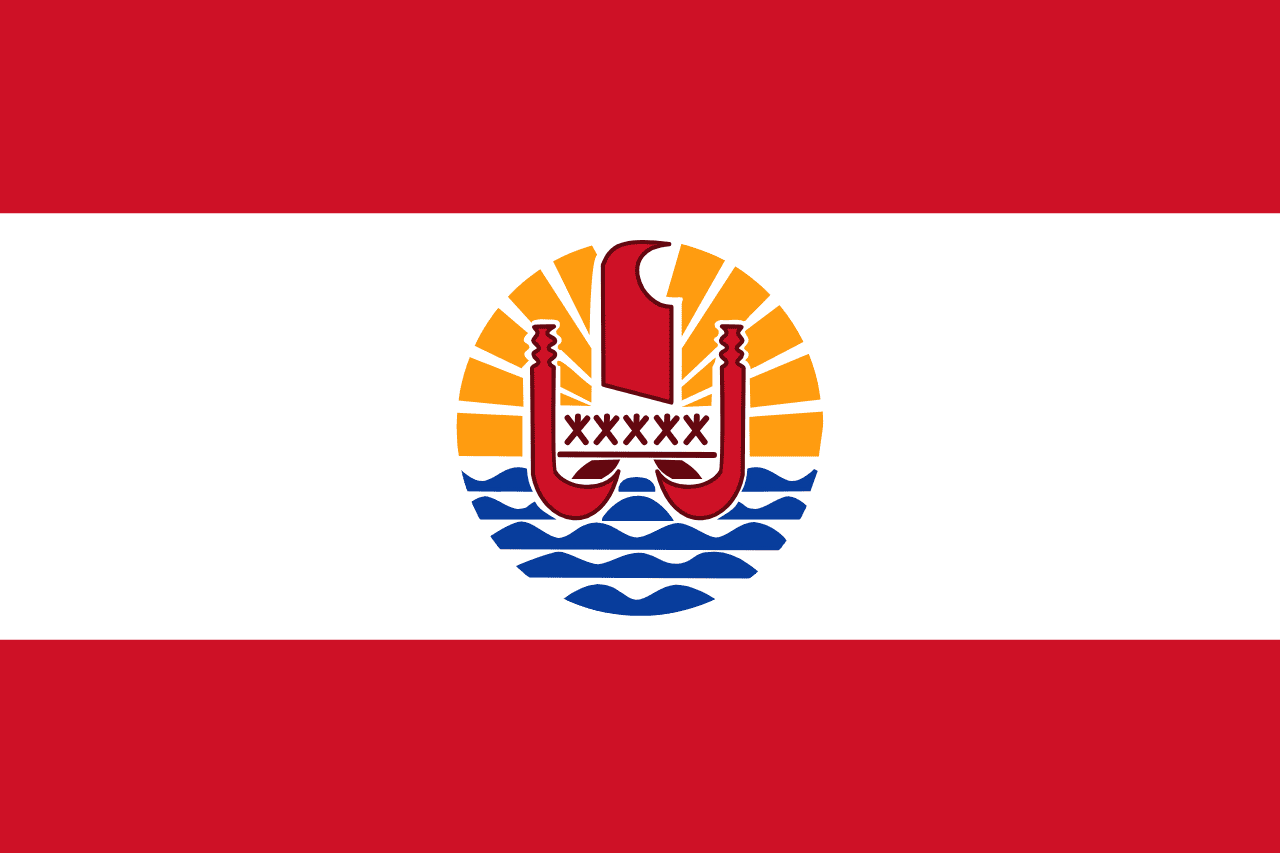
French Polynesia
Oceania
Red and white horizontal stripes with central emblem featuring an outrigger canoe, sun, and ocean waves representing Polynesian maritime culture and French governance.